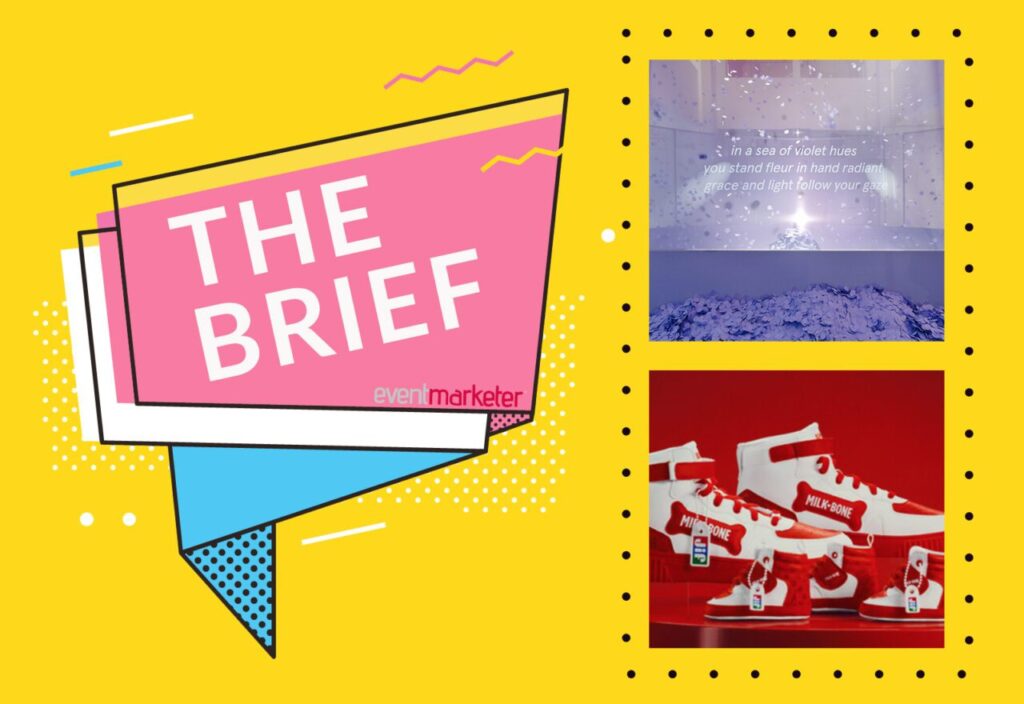Sweepstakes, along with instant-win games, are powerful tools that can help you in your brand activation efforts. They are exciting, easy to understand, fixed-cost tactics that can function in a variety of mediums.
There are several types of sweepstakes and games. The trick is to make sure you match the correct type with your specific effort.

• The Standard Sweepstakes, where you fill out and submit an entry form, is simple, quick and easy to enter. Standard sweeps are great for building databases and generating awareness and high levels of participation.
• A Qualified Entry Sweeps requires that you perform a specific action to “qualify” your entry. They maximize consumer involvement with the brand, can force ad readership, assist in market research and support a tie-in property.
• A Multiple Entry Sweepstakes features each prize as a mini-sweepstakes with each requiring a separate entry. Multiple entry sweepstakes force extensive ad readership, generate high entry levels and create intense audience involvement.
• A Programmed Learning Sweepstakes is similar to a Qualified Entry Sweepstakes, but here the “qualifier” requires you to learn something about the brand, for example by reading the ad or looking at packaging, and using that learned information to qualify your entry.
Programmed Learning Sweepstakes are great to reinforce the brand message, foster brand involvement, incentivize education and awareness or point out a specific brand attribute.
• Automatic Entry Sweepstakes are just as the name implies. By performing a desired activity you are automatically entered in the sweepstakes. They are great at lifting response rates, increasing product purchase or use and adding excitement to coupons, club cards and warranty offers. It is especially popular in social media where using the proper hashtag automatically enters the consumer.
• Instant Winner Games are a sweepstakes offshoot, but instead of waiting for a random drawing to be conducted consumers find out instantly if they’ve won.
• Collect and Win games, and Match-and-Win games are variations of the instant-win game where you either collect game pieces to complete a set or match your game piece to a winning, word, symbol or number on product, P-O-S or online to see if you’ve won. These games can drive traffic, stimulate frequency and continuity, generate brand awareness and excitement and induce desired actions.
One of the great things about sweepstakes and games is that they can be used to compliment any or all of the tactics identified as drivers of brand activation, and the same sweepstakes can function effectively across several disciplines.
Marketers spent $113.7 billion on promotional marketing in 2015. Of that, $2.2 billion went to games, contests and sweepstakes, according to the U.S. Brand Activation Marketing Forecast 2016 from the ANA and PQ Media.
Here’s an example from Costa Sunglasses and its “Waypoint Eye Car Professional Promotion.” Each time an eye care professional ordered a pair of Costa prescription sunglasses, they received a sweepstakes entry and an instant-win game card.
To learn if they won, the professional simply matched the location revealed on their card to a provided in-store poster. Also, when an eye care professional completed training on the Costa training module, hosted a consumer event or trunk show or posted on Twitter or Instagram with a promotion specific hashtag, they received an additional instant-win game card for each action. As an added incentive to promote Costa to their patients, there was a consumer sweepstakes overlay.
The prize for one consumer and one professional was an eight-day trip for the winner and guest to Tahiti. In addition, more than 9,000 sponsored instant-win prizes were distributed.
The marketing elements included in-store posters, sweeps and game materials, Costa training module, social media and experiential marketing.
This promotion with some variations has been a winner for Costa Sunglasses for several years running.
Bruce Hollander is executive vice president, CMO at Don Jagoda Associates.
This article was originally published in March 2017 and has been updated regularly.
Related articles:




 Network
Network

